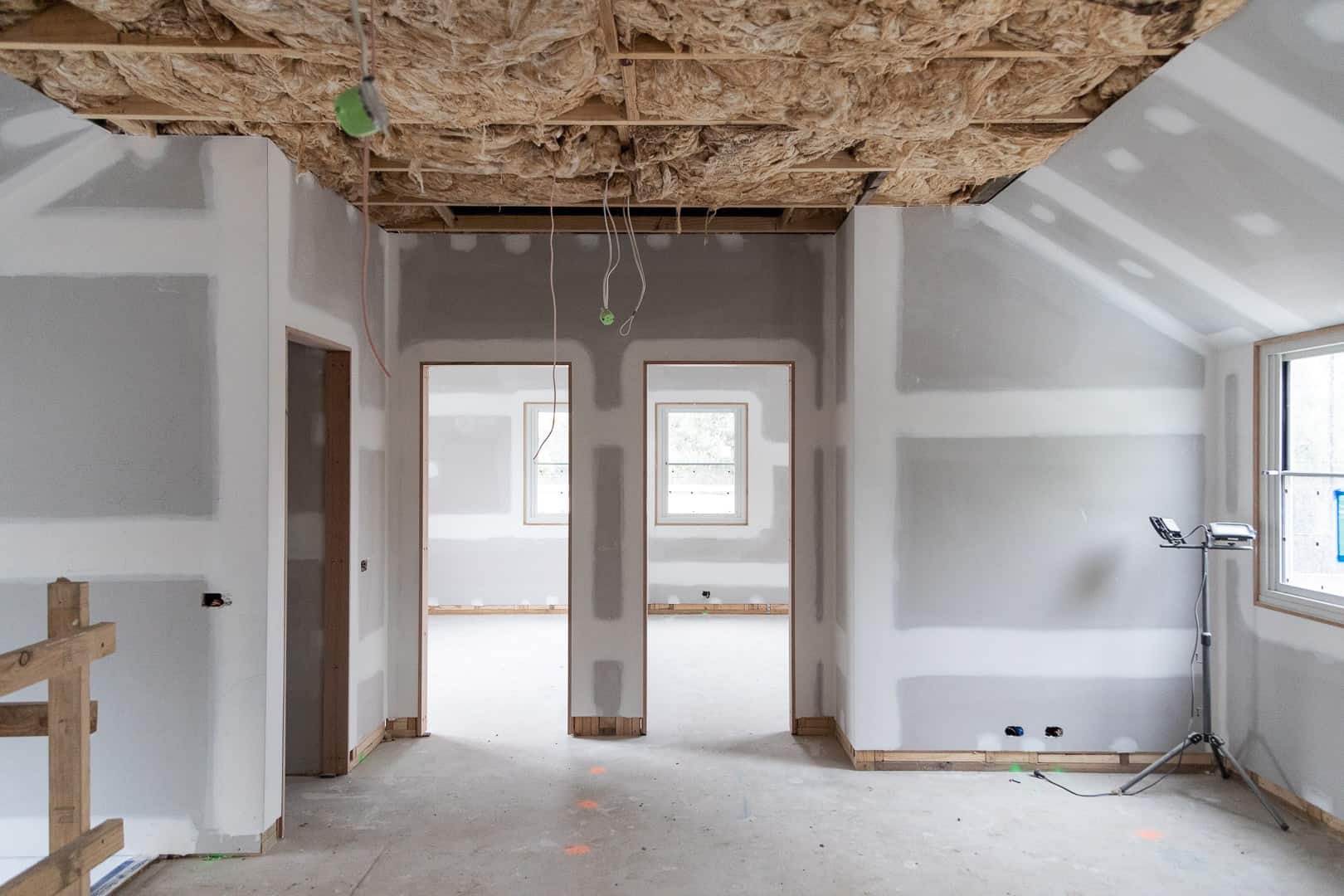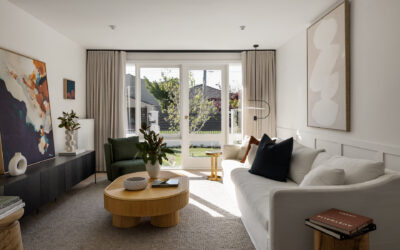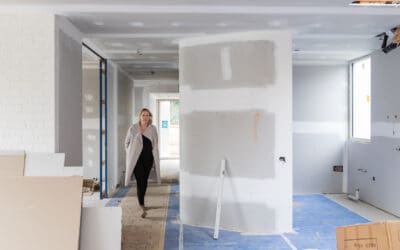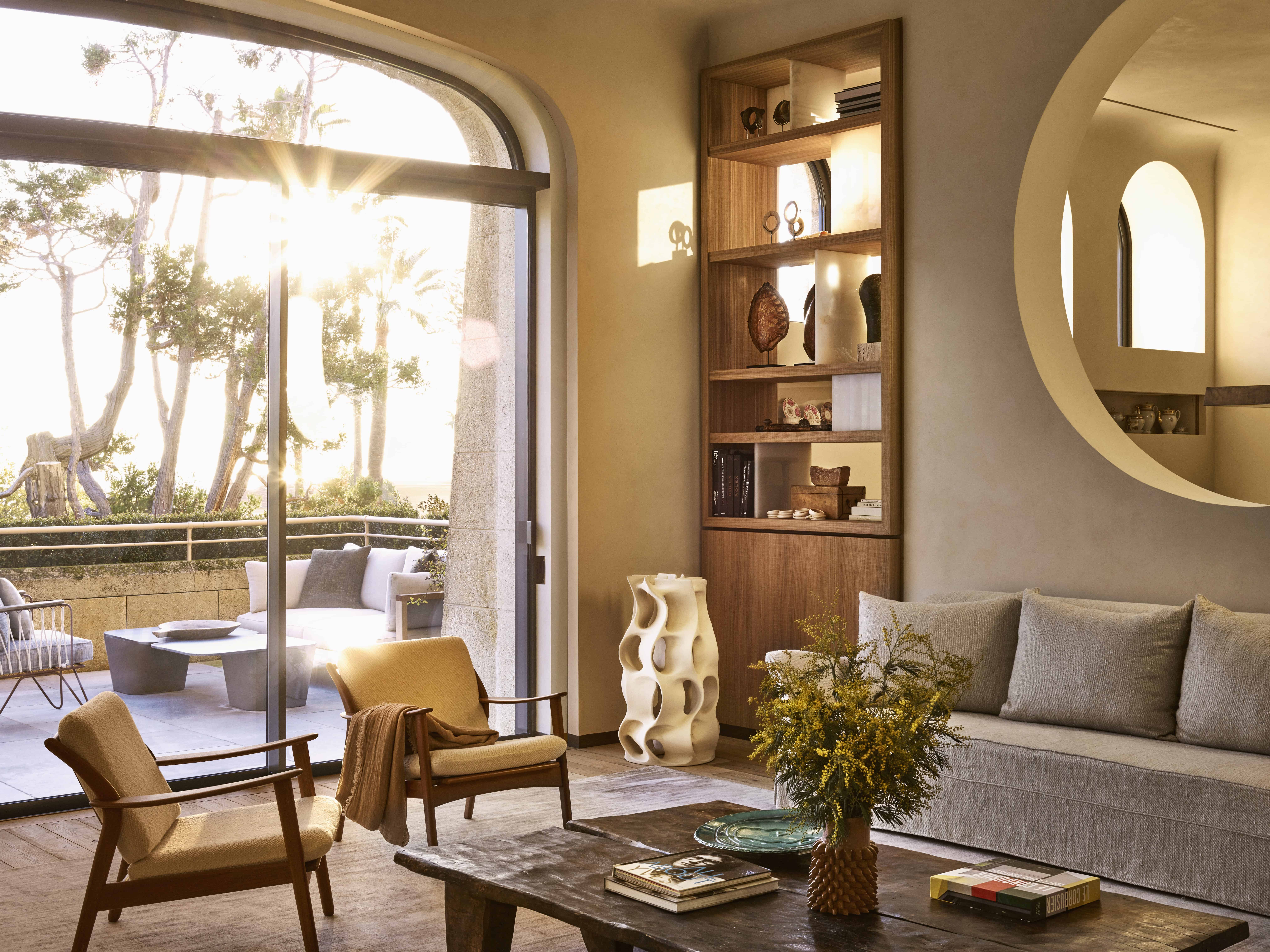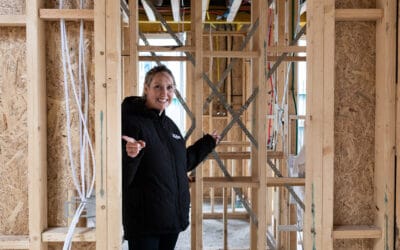There are many considerations that you will need to take into account when assessing if a potential site is good for development or renovation for profit. Here are our 11 Insights to point you in the right direction.
At BuildHer Collective we understand that there is no one way to develop, build or renovate a project for profit. There are a set of principals that we apply, which helps us unlock the value of a site and understand that it will be profitable.
Each of the following areas need to be considered carefully, and the impact of each on your potential profit! Clarity on the project outcomes feed into the feasibility numbers. Understanding each parameter you are working within from the outset will help you to know that you have a profitable project before you begin. Not just guess and wait until the dust settles!
1. Site Considerations
The actual site you purchase will be key to success. Each site comes with a different set of conditions that you will want to consider in your plans. Here are a few top level questions to ask:
- What is the site orientation, is it the right orientation for your development, north or south facing? How will this affect how the developed space will look and feel? Will the orientation have an impact on overshadowing of neighbours? Are there restrictions due to the orientation?
- Street appeal! Make sure you check the condition of the home you are buying if you are looking to retain it and extend or renovate. Can it be renovated and what condition is it in and what implication will this have on cost?
- Zoning and planning overlays. Are there any zoning or planning requirements? What does that mean for what you can do and how long is it going to take to get through that process?
- What are the neighbours like, we can not control how nice or happy they will be with the development, but if there are red flags or their house will impact your sale price, it may be more trouble than it is worth.
- With the site considerations on the basic numbers, can you make a profit from the site?
- What type of development will give you the best return on your investment, i.e dual occupancy, subdivision, townhouse, period home with architectural reno?
- Location is important, is this a desirable location for the purchaser you have in mind? What will they think and feel about it?
The one thing you cannot change when you buy a site to renovate or develop is the actual site, its unique properties including location and orientation. Buying a site which is suitable for your desired project or development is the first step to setting yourself up for success.
2. Buy at the right price
Have you heard that old adage that the money was made on the purchase?
You want to buy well from the outset and not over pay. In todays market, rarely is there a true bargain to be had. So if you are looking at a site that is massively undervalued, then make sure you do your due diligence as this may be a red flag.
There are a few key strategies to unlocking the market and buying good potential renovation or development sites. Many times it comes down to investing time and building rapport and relationships with key people. Do your research! This can enable you to be in the position to transact quickly. Having the market knowledge to recognise and act on a great opportunity when it presents itself is key.
3. Know your value proposition!
You will need to know your value proposition! What are you doing to maxamise the value of this site? What can you uniquely bring to the table?
Understanding a sites individual value and how to leverage it’s potential is key to unlocking and maximising profit margins. What is the best use of a particular site? Is it a renovation, new build, subdivision, or multi-res? What is your vision and what will you bring to the table in the way you see this project being delivered?
There can be many different options for developing a potential site. Sometimes our first instincts will not be the most profitable or efficient site use. One option might take only one year and x investment, another might take three times that, but will be relatively more profitable. How will this tie up your funds in the meantime?

4. Comparable sales
Understanding, knowing, and researching what has sold in your suburb comparable to your site both undeveloped and developed is key to clarity on the projects value.
Social proof of comparable sales will underpin your sites value both now and once renovated and will set the expectation to the marketplace. You will want to have a good understanding of what can be achieved in your market and leverage some of the benchmark results that will set the foundation so you design and build in accordance with market expectations.
Like with all of these considerations the results can be nuanced. How much do you really know about the results that have been published? Was there a lot of depth and competition to create that sales result or was it an anomaly created by an outlier, which properties had more appeal and multiple purchasers and why was that?
5. Demographic
Demographics of this area and your potential purchaser is another important consideration. You will want to create a project that has end user demand, so keeping the demographics of the location in mind will help to determine suitability of your proposed works.
Some questions to ask yourself:
- Who is going to buy your development?
- Are they going to be drawn to it?
- Is the location desirable for this type of purchaser?
- Will the amenities your project provides be a good fit?
- How does your proposed styling fit with market expectations?
Keep in mind it takes a lot of effort to pack up and move house. People will rarely go through this process without them seeing a big potential benefit to their lifestyle. You will need to understand that your proposed home will need to provide this for its target market.
6. Funding strategy
One of the key aspects to funding your project is access to cash and budgeting the cost correctly to ensure you have enough money to complete the project! How will you fund your development and what options do you have? There are many ways and opportunities on how you can fund your development.
There are options such as traditional homes through to development finance and even joint ventures. Having the ability to pay for the build and correctly forecast the cost of loans on the way through is imperative to getting your projects to work.
7. Design
Design is your lever to use to get more money for your project compared to the one around the corner. If you can design something that people are drawn to, something that they think they can’t buy or replicate again is the difference to how you will achieve and generate hundreds of more dollars compared to someone who hasn’t taken design into consideration at all.
So when you are thinking about design you will want to be thinking about who this property is for. How it will stand out in the market and what will make someone fall in love with your home and need to have it?
Great design does not have to cost a fortune, you will need to start with a good practical layout and then move onto the aesthetics. Remember that you will need to be always thinking about your return on investment at this point! What are you spending and why? Will the market pay for this, or is there a market expectation that you are meeting? This is more of an art than a rule, there is no foolproof spend 3 dollars to make 1 in this game. Having said that, if you know how to design on a budget and how to balance those books, then this can be an area where you can achieve massive uplift!
8. Selling Strategy
The way you market and sell your development has a massive impact to the final the result. There are many different types of sale strategies; auction, expressions of interest, best and highest, fixed price or even off market. Understanding the right sales strategy, backed with the right real estate agent can be the difference in hundreds and thousands of dollars!
Knowing what the right campaign is for your development in order to maximise every last dollar is part of the puzzle, and so is having a great team around you! This is all relationship, but having an agent working for you that knows the market and your buyer is imperative. Don’t underestimate how much working with a great agent can add value to your sale price. This game is about trust and professionalism and you need to know what to look for and be hiring the best!

9. Build Cost
There are many ways to build! And dependant on the changes you are making and your value proposition you will be working with your builder or trades in different ways.
For as long as we can remember building costs have been rising. If you can work out how to work with the right builder on how to build efficiently, not overspending on the structure (people don’t value what they can’t see), focusing on the overall finish, materials used and quality, then you can have a pathway to success.
So often we see that the budget gets blown and the finishes are compromised! People purchase homes based on feelings and emotions and we need to tap into that. If you don’t run your budget right and scrimp on the end result and people sense that, they may wonder what other corners you have cut and discount the whole build.
This feasibility template might help you run your numbers.
10. Make it a business! Build on your wealth
Finally, in order the buy right and start renovating or building for profit as an end game we will need to be able to do this consistently and effectively. To do this we need to think more about the process as a business. This is a business which will build our wealth in line with our overall strategy.
One of the traps people often fall into is building one house without consideration to the bigger picture. Perhaps it takes them too long to jump into the market or perhaps they are too slow moving through the process, they might lose momentum or sight of the bigger picture dollar. Thinking about your projects in the context of a business with a development plan will give you clarity and enable you to set up a strategy which allows you to work continually without running short on resources!
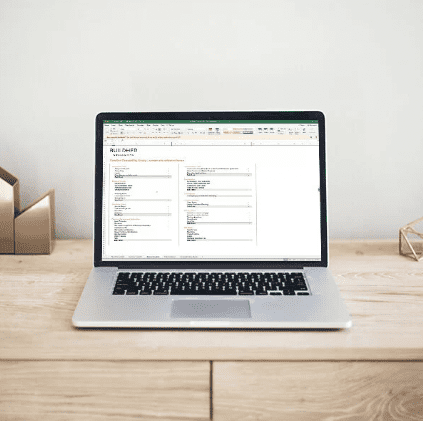
11. Feasibilities – it’s all in the numbers
Understanding your feasibility and numbers relies on your strategy and information drawn from each of the above areas. We can be tempted to fool ourselves and get emotionally involved in the outcome but if you do your homework the numbers won’t lie!
We make sure we consider the feasibility of a project as a first priority before we run away with the many possibilities of what we could do with a house ripe for renovation.
To download our free feasibility template, click on the link below!
Knowing how to use the right leavers and how to leverage each one of them is key formula to making hundreds and thousands more than those who don’t take the above into consideration! And you would be surprised how many people leave money on the table in each of these areas!

